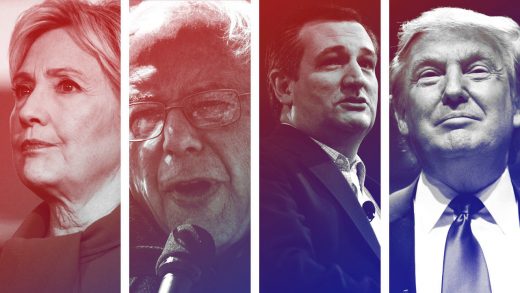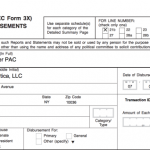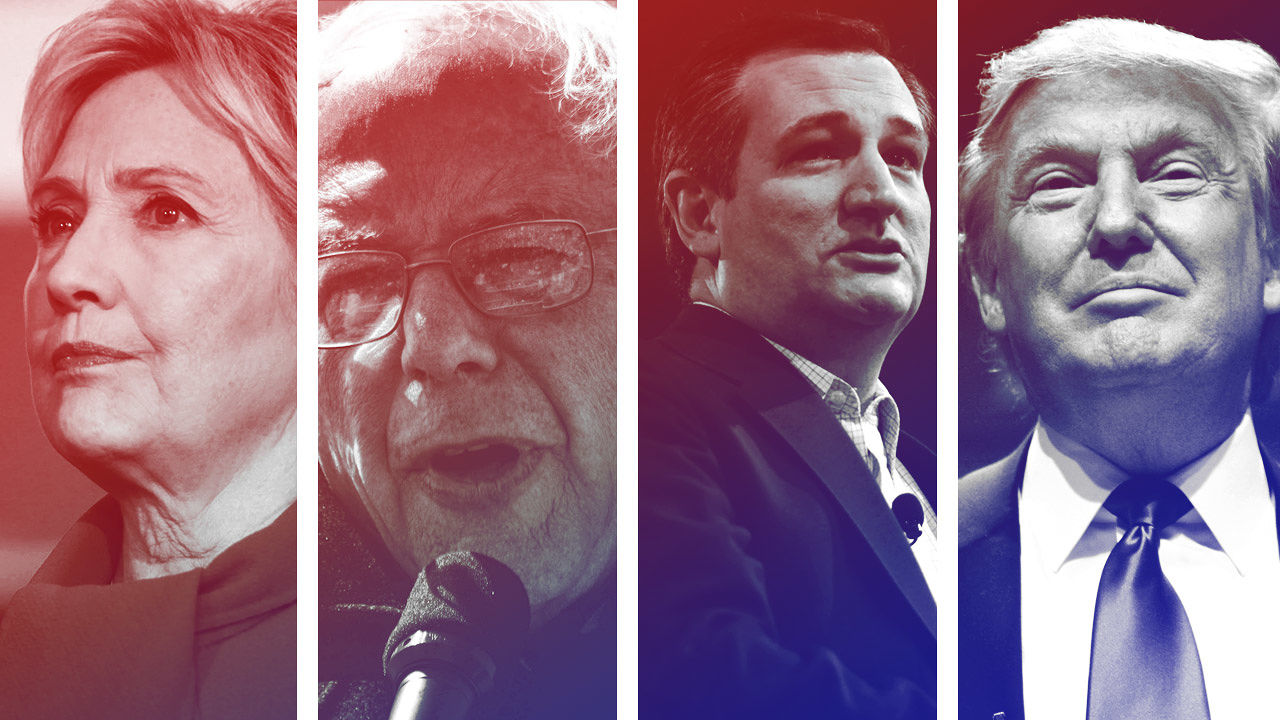this is What every Presidential Candidate Would Do For U.S. employees
The economy and employment are big areas of difficulty, now not simply to marketing campaign watchers and quick firm readers, but to somebody with a job or who’s in search of one. to this point, the election cycle has been filled with lots of bluster, so every so often it is tough to suss out the candidates’ actual coverage positions.
So now we have executed one of the sussing for you. here’s a quick, if some distance from complete, photograph of the 4 prime candidates’ main proposals on job introduction, employment, and trade—one of the gadgets that will have the largest influence on the world of labor.
Hillary Clinton
What she has promised to do. In a plan called “Make It in the us,” Clinton proposes to take a position $10 billion in “partnerships that hyperlink together all elements of the supply chain and build on the energy of a region in particular industries,” in line with her web site. “It builds on President Obama’s nationwide network for Manufacturing Innovation and bipartisan legislation written and spearheaded with the aid of Senator Sherrod Brown.”
The plan would also drive companies that outsource jobs to forfeit tax reduction and would impose an “exit tax” on firms that move their headquarters abroad with a purpose to lower their tax burdens.
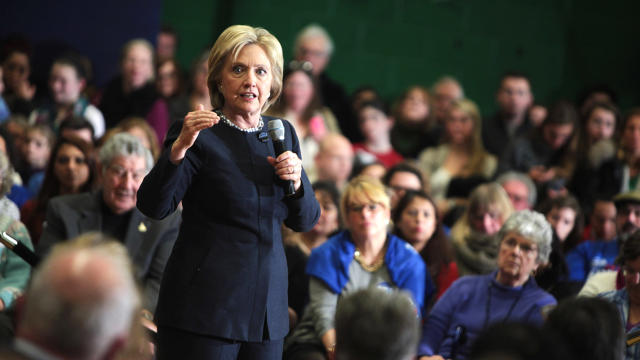
Clinton has proposed raising the minimal wage to $12 an hour and supports guaranteeing employees 12 weeks’ paid depart, “totally paid for by a mix of tax reforms impacting probably the most lucky.” In a debate in Miami in March, she recommended for equal pay for ladies and wider beef up for ladies- and minority-owned small companies.
Citing their bad impact on U.S. jobs, Clinton adverse the CAFTA and TPP change agreements (after at the beginning supporting the latter) yet helps other efforts to facilitate international commerce. “alternate needs to be reciprocal,” she said at a brand new Hampshire debate in February. “which is the way in which the global financial system works. but we now have failed to provide the fundamental security-internet strengthen that American employees need.”
The reward and criticism for her proposals. Clinton’s plans, whereas extra modest in scope and finances than Sanders’s, would likely face Republican resistance for each their spending and company tax parts, and so they’ve been challenged on the left for ceding an excessive amount of ground to industry interests. The Sanders marketing campaign has referred to as Clinton’s report on alternate “abysmal,” citing her initial improve for TPP, NAFTA, and different change agreements.
When Clinton lost the Michigan major in March, Sanders in addition to some observers attributed it to her stance on free exchange and its impression on Rust Belt employees. nonetheless, Clinton enjoys substantial enhance from labor unions, including the nationwide schooling affiliation, the nation’s largest academics’ union, despite criticism that her positions on labor were uneven.
In 2009, the AFL-CIO, some of the oldest and biggest unions in the country, gave Clinton a lifetime score of 94%, and in line with the international trade instances, main labor unions have contributed some $6.3 million to super p.c. and other businesses affiliated with Clinton’s campaign.
Bernie Sanders
What he has promised to do. Sanders has outlined a “Rebuild america Act” that may dwarf Clinton’s proposed job-growing bills, pouring $1 trillion into home infrastructure tasks over a five-yr length. “it could be paid for,” his web page says, “via closing loopholes that allow winning firms to steer clear of paying taxes via, amongst different things, transferring their profits to the Cayman Islands and other offshore tax havens.”
A separate initiative would earmark $5.5 billion to fund state and municipal adolescence job-training programs. As a senator, Sanders has also introduced regulation to make it easer for staff to type and join unions, and to decrease different boundaries to collective bargaining.
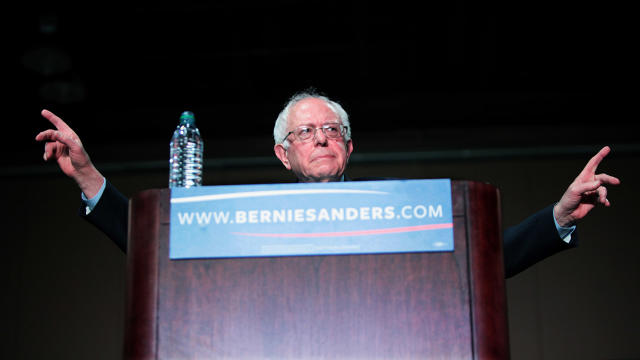
Sanders is express in his opposition to free exchange, believing most such agreements to mirror the interests of large multinational companies and their lobbyists as opposed to workers. asked ultimate October whether he’s been satisfied with any free exchange agreements the U.S. has negotiated, Sanders responded no. He supports a nationwide $15 minimum wage and, like Clinton, making sure 12 weeks of paid domestic and medical go away, however Sanders proposes to fund the latter thru a $1.61 per worker weekly payroll tax—a part of a invoice that he and 18 Democrats have offered in the Senate.
The reward and criticism for his proposals. Sanders’s proposals have come beneath fire for being unworkable given their high levels of spending and the chance of a Republican-controlled house (if not Senate), a charge he’s countered by means of underscoring the necessity for a “political revolution” that might remake the composition of Congress.
a college of Massachusetts–Amherst economist claimed past this yr that Sanders’s plan would generate nearly 26 million jobs and enhance the median profits by using roughly $22,000, an analysis other economists sharply criticized, including outstanding Obama Administration officers. a few of Sanders’s leading economic advocates, including Robert Reich, President Clinton’s labor secretary, appear to trust the candidate’s critics that a huge electoral shift is the prerequisite to coverage initiatives on this scale. They range over the likelihood of that. Reich has written that “there’s the next likelihood of kicking Republicans out if Bernie’s ‘political revolution’ continues to surge round america,” a premise that the Clinton camp and unbiased analysts say doesn’t appear doubtless.
nonetheless, Sanders’s free alternate position certainly resonates with many primary voters, which is all of the extra noteworthy, as ny magazine points out, for breaking with Democratic party orthodoxy dating again to Martin Van Buren. Sanders receives excessive marks from most of the best U.S. labor unions, and remaining December scored an endorsement from the verbal exchange workers of the us, a massive force in the media sector.
Donald Trump
What he has promised to do. “i will carry jobs again from China, Mexico, Japan, Vietnam,” Trump mentioned in a February debate in South Carolina. “they are taking our jobs. they are taking our wealth.” whereas he has not supplied specifics on how this could be complete, Trump has framed job boom in the case of tax and exchange reforms.
Like Clinton, Trump says he helps free exchange as long as it’s fair. His web page emphasizes a need to reset change relations with China by means of, among other issues, maintaining the u . s . a . guilty for “foreign money manipulation.” in addition, he helps “putting an finish to China’s unlawful export subsidies and lax labor and environmental requirements,” decreasing the U.S. company tax price, and “attacking our debt and deficit so China can not use financial blackmail against us.”
In a debate in November 2015, Trump said he would now not raise the minimum wage and has expressed skepticism of federally mandated paid depart. He has been an outspoken suggest of tighter immigration policies, including deporting nearly eleven million undocumented immigrants in a bid to protect jobs for present U.S. voters.
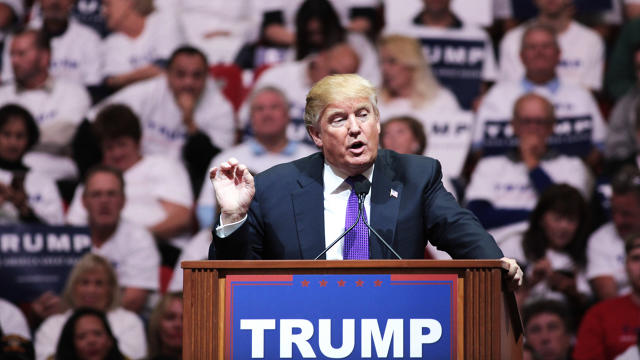
Trump hasn’t taken an respectable stance on collective bargaining, however in February, the Washington instances pronounced, he struck a diplomatic word, telling New Hampshire voters, “i’ve wonderful improve within unions, and i’ve wonderful toughen in areas the place they don’t have unions . . . my strengthen is actually with those staff, these individuals.”
The reward and criticism for his proposals. Trump’s give a boost to, particularly amongst white, working-type voters, has survived severe criticism throughout the political spectrum on the feasibility of his plans to create and offer protection to American jobs. Economists are uncertain as to Trump’s potential to reverse outsourcing. in line with one Harvard economist who spoke with CNN money in February, lower than 5% of the roughly 20 million americans who lose or exchange jobs involuntarily each yr accomplish that because of rising exports. In the same file, a school of Virginia economist places it bluntly: “i will’t imagine anything else our govt may in truth do to return employment within the manufacturing sector to the extent it was once ahead of.”
Trump’s plan to deport thousands and thousands of undocumented immigrants and construct a wall alongside the Mexican border—likewise in the title of safeguarding domestic employment opportunities—has been ridiculed as unfeasible or inadvisable with the aid of his opponents in both parties, rejected with the aid of the Mexican government, and estimated to price as much as $600 billion if totally applied. The Tax coverage middle estimates his tax plan to value the federal government $9.5 trillion over the next 10 years.
Trump’s claims to broad appeal amongst union workers appear mostly genuine, judging from the intensifying efforts by way of labor leaders to defeat him. The AFL-CIO, for example, has announced plans to ramp up its anti-Trump campaign prior within the political cycle than the organization usually starts by making appeals to members.
Ted Cruz
What he has promised to do. Like Trump’s, Cruz’s jobs plan specializes in tax reform as a method of generating employment opportunities. He has proposed just about abolishing the IRS and enforcing a 16% flat tax on companies in place of current corporate income taxes, part of a plan that Cruz claims will enhance the GDP by means of virtually 14% above present projections throughout the next decade and create just about 4.9 million new jobs.
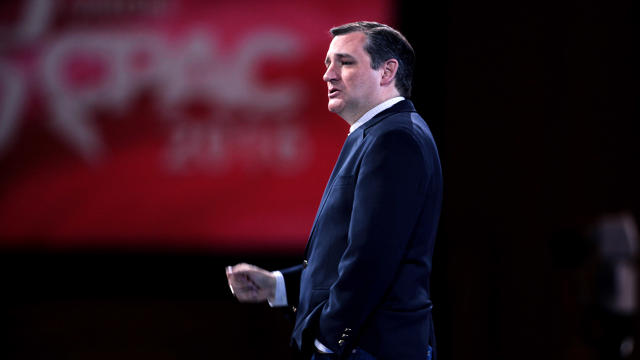
He opposes raising the minimum wage since it will do away with jobs, particularly among Hispanics and African-americans, and opposes paid depart and widening other employment advantages for a similar reason. “Extending unemployment advantages does exacerbate the jobless scenario,” he told the AARP in 2012, “because it subsidizes unemployment and increases the tax burdens on people who find themselves employed. Cruz helps a nationwide “proper-to-work” legislation, similar to a measure adopted with the aid of Wisconsin beneath Governor Scott Walker final year, designed to limit the facility of labor unions, which overwhelmingly oppose his candidacy in consequence.
The praise and criticism for his proposals. the majority of Cruz’s proposals on job creation and employment focuses on tax reform and rolling back business regulations, however he’s come below hearth for providing few small print on which spending cuts would duvet the lost revenues from lowering taxes. A nonpartisan tax coverage team estimates the cost of Cruz’s tax plan at $8.6 trillion. Some observers argue that Cruz’s business tax constitutes a price-added tax (VAT) due to the fact it would charge companies over the direction of manufacturing, making them prone to move those costs onto consumers by elevating prices—something that may almost no doubt be politically unpopular.
Cruz has underscored his give a boost to for small businesses, announcing that his tax plans will merit them the most. closing week he instructed ABC news, “My focal point may be very a lot on small companies as a result of financial probability, jobs, come from small companies.” Cruz’s critics argue that his vaunted enhance comes on the rate of workers, whose employment benefits Cruz would restrict, and of labor unions, whose influence he’d are seeking to curb.
Hillary Clinton

Bernie Sanders

Donald Trump

Ted Cruz

(30)

